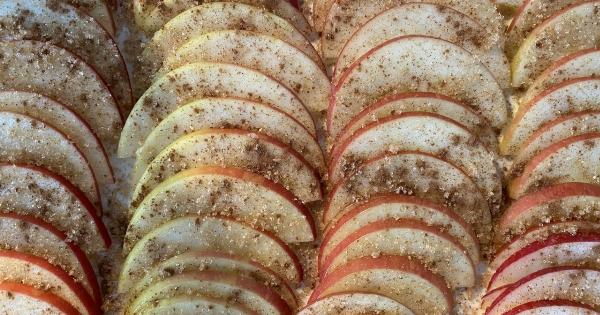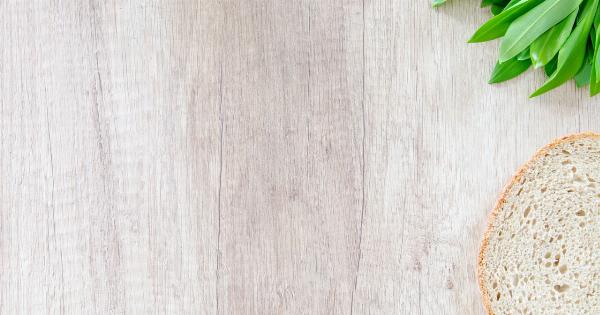Breakfast is often considered the most important meal of the day. It provides the necessary nutrients and energy to kickstart our day. One popular breakfast option is cereal – a quick and convenient choice loved by many.
But is it really a healthy option? Let’s explore the pros and cons of having cereal for breakfast.
Pros of having cereal for breakfast
1. Convenience: Cereal is incredibly easy to prepare. All you need to do is pour it into a bowl, add your preferred milk or yogurt, and you’re good to go. This makes it ideal for those busy mornings when you’re short on time.
2. Variety: Cereal comes in countless flavors, textures, and shapes. Whether you prefer a crunchy granola, sweet flakes, or hearty oats, there’s a cereal out there to satisfy your taste buds.
3. Fortification: Many cereals are fortified with essential vitamins and minerals. This can be beneficial, especially for individuals who struggle to meet their daily nutritional requirements.
4. Fiber content: Some cereals are high in fiber, which can aid digestion, promote satiety, and help regulate blood sugar levels. Choosing whole grain options can provide an extra dose of fiber.
Cons of having cereal for breakfast
1. Added sugars: One of the biggest drawbacks of certain cereals is their high sugar content. Some popular brands pack a significant amount of added sugars, which can contribute to weight gain, tooth decay, and other health issues.
2. Lack of protein: Most cereals are low in protein, which is a vital macronutrient that helps build and repair tissues, regulate hormones, and support immune function.
This can leave you feeling hungry sooner and may result in overeating later in the day.
3. Processing and additives: Many cereals undergo extensive processing, stripping them of their original nutrients. Additionally, they may contain additives, preservatives, and artificial colors or flavors.
4. Portion control: It’s easy to go overboard with cereal servings, particularly as serving sizes may differ from what we typically consume. This can lead to calorie overload and an imbalance in our overall nutrient intake.
How to make cereal healthier
While certain cereals may have some drawbacks, there are steps you can take to make your bowl of cereal a healthier choice:.
1. Read labels: Pay attention to the nutritional information on cereal boxes. Look for options with low added sugar content and higher fiber and protein content.
2. Mix it up: Enhance the nutritional value of your cereal by adding fresh fruits, nuts, or seeds. Berries, sliced bananas, or a sprinkle of chia seeds can add antioxidants, vitamins, and healthy fats.
3. Choose whole grains: Opt for whole grain cereals that provide more fiber, vitamins, and minerals than their refined counterparts. Whole grains can also help regulate blood sugar levels and improve heart health.
4. Be mindful of portion sizes: Use a measuring cup to ensure you’re consuming an appropriate portion. Avoid pouring directly from the box, as it can lead to unintentionally larger servings.
Other breakfast alternatives to consider
If cereal isn’t your thing or you’re looking to switch up your morning routine, here are some other breakfast options to consider:.
1. Eggs: They are an excellent source of protein and contain essential vitamins and minerals. Whether you prefer them scrambled, poached, or in an omelet, eggs can provide a fulfilling and nutritious start to your day.
2. Greek yogurt: High in protein and low in added sugars, Greek yogurt can be a great breakfast choice. Top it with fruits, nuts, or homemade granola for added flavor and nutrients.
3. Oatmeal: A warm bowl of oatmeal can provide a hearty and fiber-rich breakfast. It can be customized with various toppings like fruits, nuts, or a drizzle of honey.
4. Smoothies: Blend together fruits, vegetables, yogurt, and a liquid of your choice to create a nutrient-packed smoothie. It’s a refreshing way to start your day and can be tailored to suit your taste preferences.
Conclusion
Cereal can be a convenient and tasty breakfast option, but it’s essential to choose wisely. Some cereals may be loaded with sugar and lacking in essential nutrients, while others can provide a balanced start to your day.
By being mindful of portion sizes, reading labels, and adding nutritious toppings, you can enjoy a healthy bowl of cereal. However, don’t shy away from exploring other breakfast alternatives that offer a diverse range of nutrients and flavors.





























